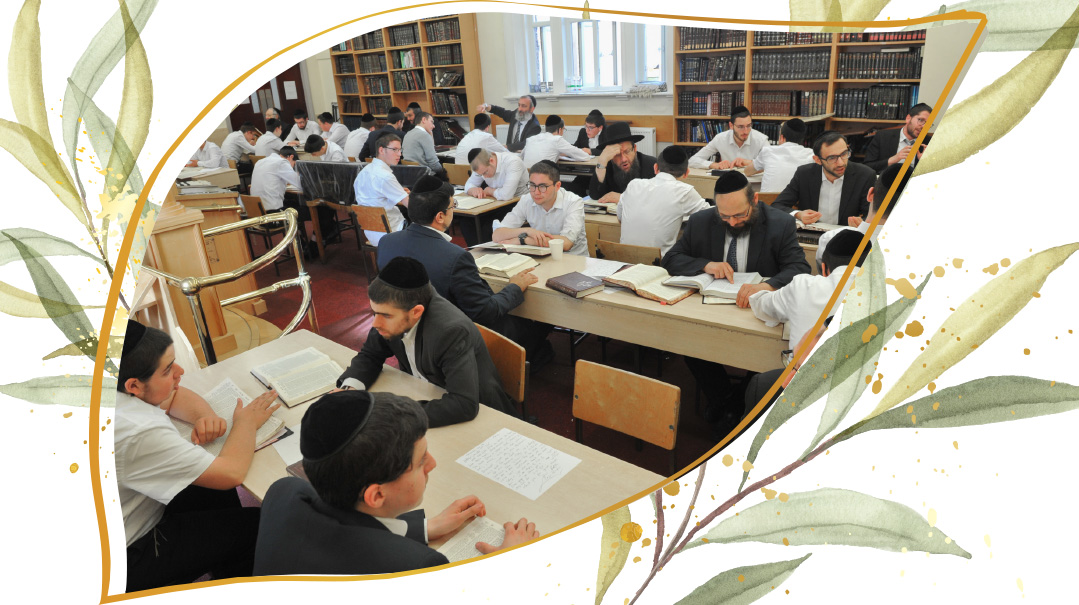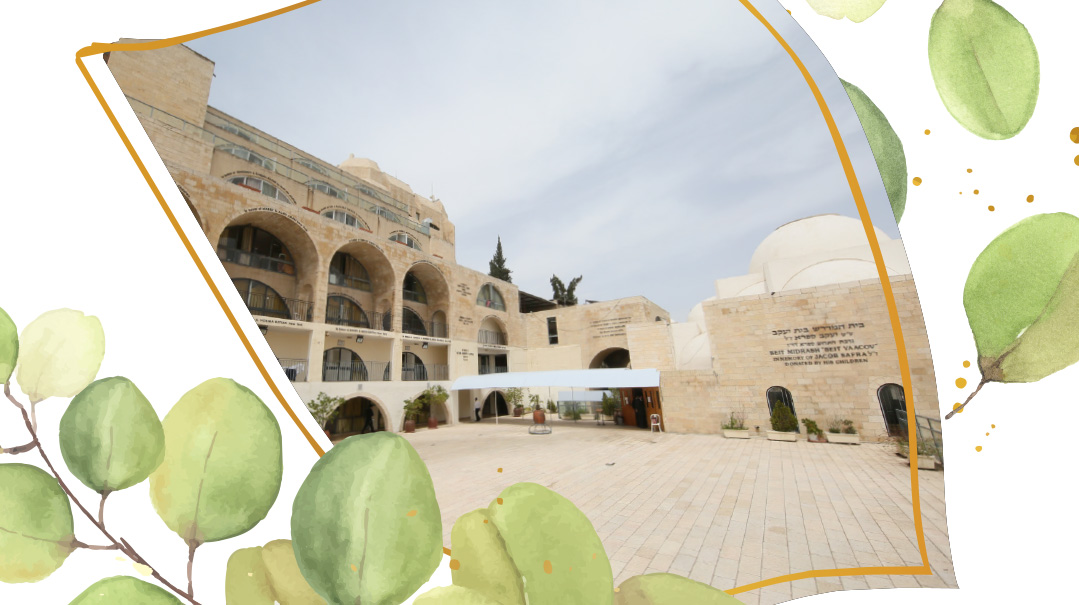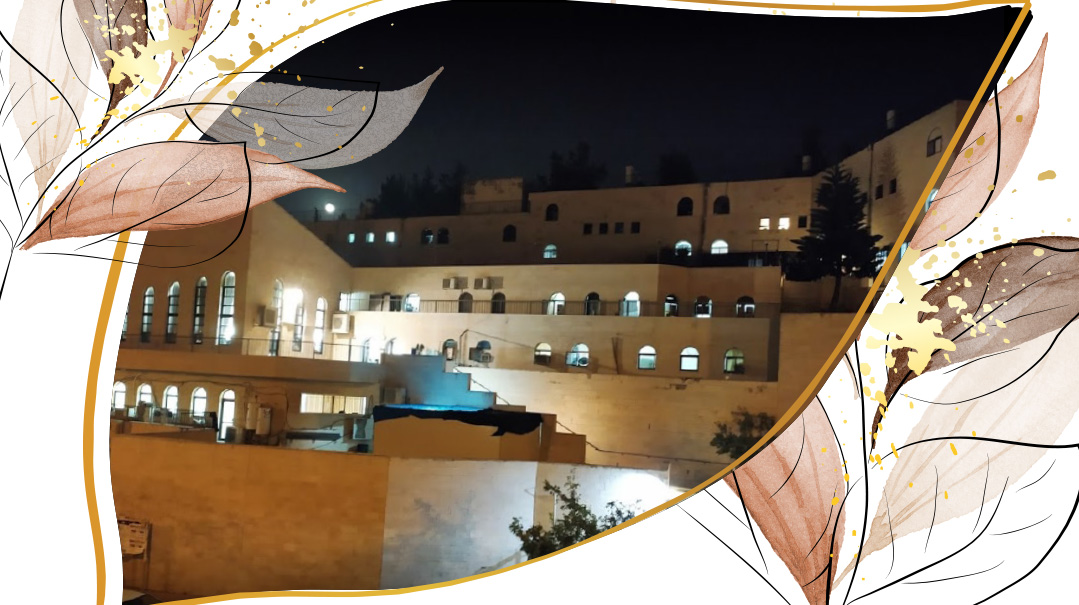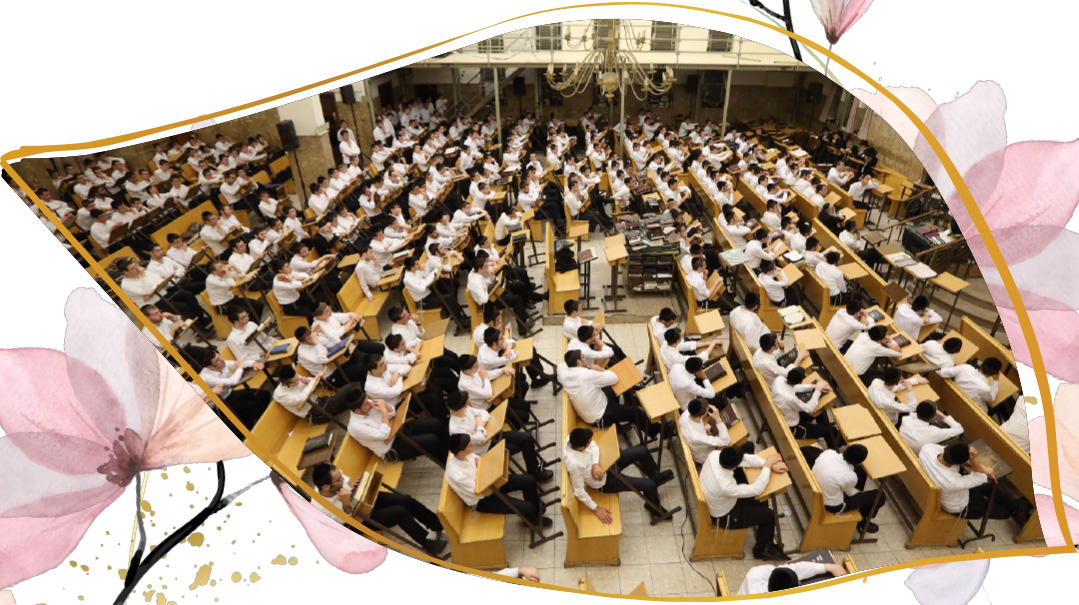Home for Eternity: Ner Israel
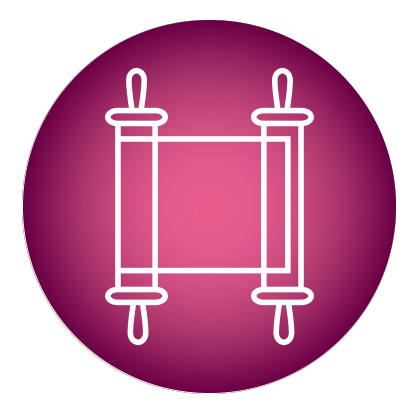
I didn’t question our twice-yearly pilgrimage to Ner Israel during the Yamim Noraim. Tefillah should be done in the place you call your spiritual home
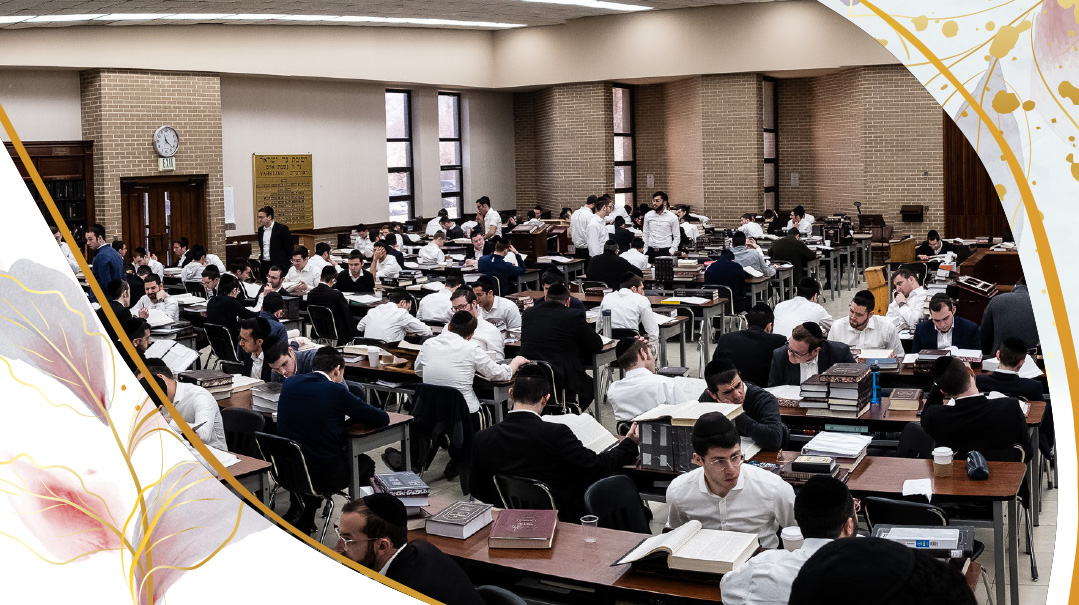
The windows are floor-to-ceiling, the angles of the walls form small niches making each window a small separate alcove. For close to two decades, this was my makom kavuah every Rosh Hashanah and Yom Kippur.
My best friend and I would take shtenders, put them in front of the small alcoves, and there we davened, separated from distractions, but part of the world of tefillah that echoed and peaked, each yehei shemei rabba a powerful cry pulling my heart.
Who could remain unmoved by the powerful tefillos of Rav Sheftel Neuberger ztz”l, his voice beseeching ever higher, and the kahal, several thousand voices strong, responding to every note? For years after my marriage, I roamed from shul to shul, seeking a minyan comparable to the minyan that had shaped my soul. But I never found it.
I didn’t question our twice-yearly pilgrimage to Ner Israel during the Yamim Noraim. Tefillah should be done in the place you call your spiritual home, and Ner Israel was my father’s home of the soul.
One of my earliest memories of those Yamim Tovim is following Rebbetzin Chana Weinberg a”h as she walked to shul. (My father and Rav Shmuel Yaakov Weinberg shared the same first and last name. Although no relation, it made for many a story of mistaken identity.) Unaware of her small shadow, the Rebbetzin walked very straight and regally as she made her way to the beis medrash. Whimsical imaginative little girl that I was, I followed her footsteps doggedly, thinking to myself, when I get older, I’ll too walk to the beis medrash like a queen, where my husband will be learning as a king.
I lived in Baltimore for one month after my wedding. One afternoon, as I pulled up to the same beis medrash to pick up my new husband, the memory of that long ago longing came rushing back. This is where it starts, I thought, waiting for my husband to finish seder, the beginning of our journey to Torah royalty.
That journey had its roots decades before. After escaping from Germany with their two sons and not much more, my grandparents realized that they’d need to be moser nefesh once again if they wanted their children to continue the life of Torah so essential to their being. Therefore, although it must have been painful, they sent my father and uncle across the country from Seattle, Washington to Ner Israel, ensuring the Torah of their future offspring. My father was still a teenager when he took that several-day transcontinental train. He went straight to the beis medrash filled with Torah giants that embodied a lifestyle he soon made his own.
There were no visits home for bein hazmanim, no daily phone calls or chats. It was an exile from his close-knit family, but a geulah for his future. There he put down roots, establishing friendships that lasted a lifetime with some of the greatest names of Ner Israel today.
My father became especially close with Rav Dovid Kronglas ztz”l, and throughout my life, despite Rav Dovid’s early petirah, every facet of our lives was shaped according to Rav Dovid’s principles.
When my parents moved to Baltimore permanently, Yeshiva Lane was the ideal choice. For various technical reasons they did not end up there, but our actual address couldn’t shake the close proximity Ner Israel held in our lives. Despite having several shuls to choose from within our neighborhood, my father drove 25 minutes every morning, through rain, snow, and even hurricanes, to daven Shacharis in yeshivah.
Nothing stopped his daily drive, not even a fender bender that wasn’t his fault. My father simply popped out of his car, said to the offending driver, “I’m late to a meeting. Here’s my number. Call.” Then hopped right back in to rush to Shacharis. Of course, the other driver never called, and the bump on the fender remained for years, a tangible reminder of my father’s devotion to tefillah in yeshivah.
We celebrated our simchahs in Ner Israel; Purim and Megillah as well. I got married the night of Taanis Esther. The next night, in my sheva brachos best, I came to Ner Israel to hear Megillah as we’ve always done. It was so normal to me to be there the first day of my married life, being fussed over by the women who knew me since birth, the extended family who had shaped my life.
I remember every year, on Motzaei Rosh Hashanah and Yom Kippur, as we pulled out of Yeshiva Lane to head home, my father would give a big sigh and say, “It’s so hard to go back to the regular world.”
That, I suppose, was the secret of its pull. When I was younger, I never thought to question the many families I knew who each made a success out of a lifestyle that was kulo Torah. As an adult, knowing the challenges and emotions inherent in such a choice, I can only surmise that their tremendous hatzlachah is due to living immersed in a world where Torah is the essence — an oasis of kedushah in the regular world. It’s that message I take with me as I strive to carve my own home of Torah.
At a Glance
Harav Yaakov Yitzchak Ruderman ztz”l founded Yeshivas Ner Yisroel in 1933 in downtown Baltimore, the first yeshivah gedolah outside of the New York area. In 1968, the yeshivah moved to its present almost 100-acre campus, which includes a multi-complex residential area for the staff and avreichim.
The Rosh Yeshivah named the yeshivah after Rav Yisrael Salanter, founder of the mussar movement. The yeshivah is patterned after Slabodka, where the Rosh Yeshivah ztz”l was a talmid of the Alter of Sladbodka, Rav Nosson Tzvi Finkel. Rav Dovid Kronglas, a talmid of the Mir Yeshiva and a survivor of Mir Shanghai, was the yeshivah’s first mashgiach and posek until his petirah in 1972.
In 1939, Rav Naftali Neuberger, brother-in-law of Rav Ruderman, and an alumnus of the Mir, joined the yeshivah. He subsequently served as its president, as well as an active askan in the greater Baltimore community until his petirah in 2005.
In the 1970s, following the Iranian Revolution, Rabbi Neuberger was very instrumental in bringing over 1,000 young Persian men to the United States, most of whom studied in Ner Israel. Ner Israel still maintains a special minyan on Shabbos for Persian students. The yeshivah also hosts many students from the former Soviet Union and from South America.
Currently, Rav Aharon Feldman, a talmid of Rabbi Ruderman ztz”l, is the present rosh yeshivah. With well over 5,000 alumni all over the world, the impact of this first out-of-town yeshivah is felt globally.
(Originally featured in Family First, Issue 795)
Oops! We could not locate your form.

